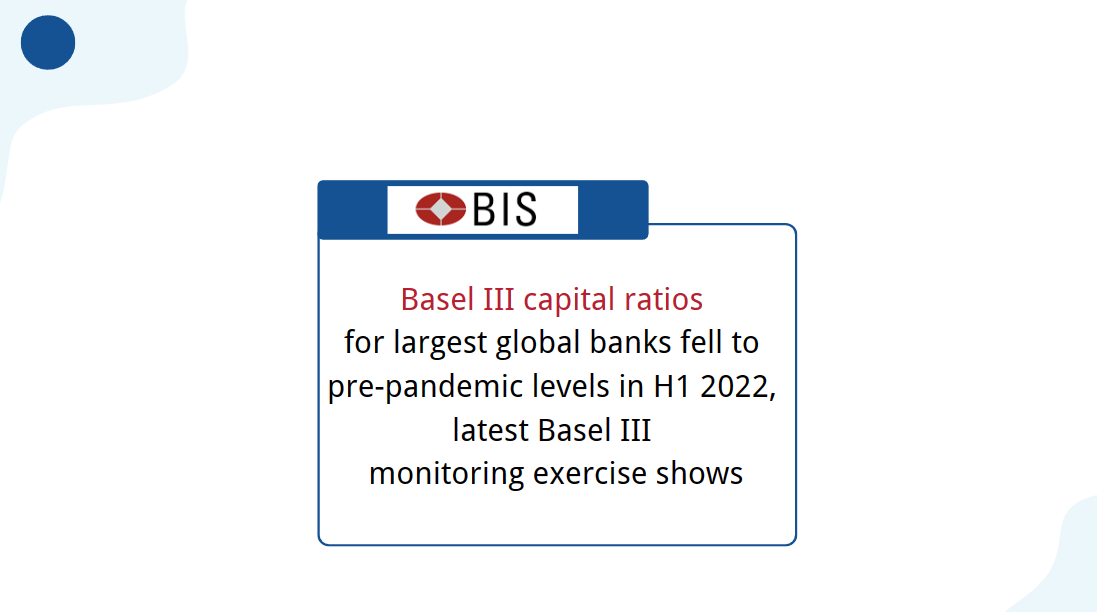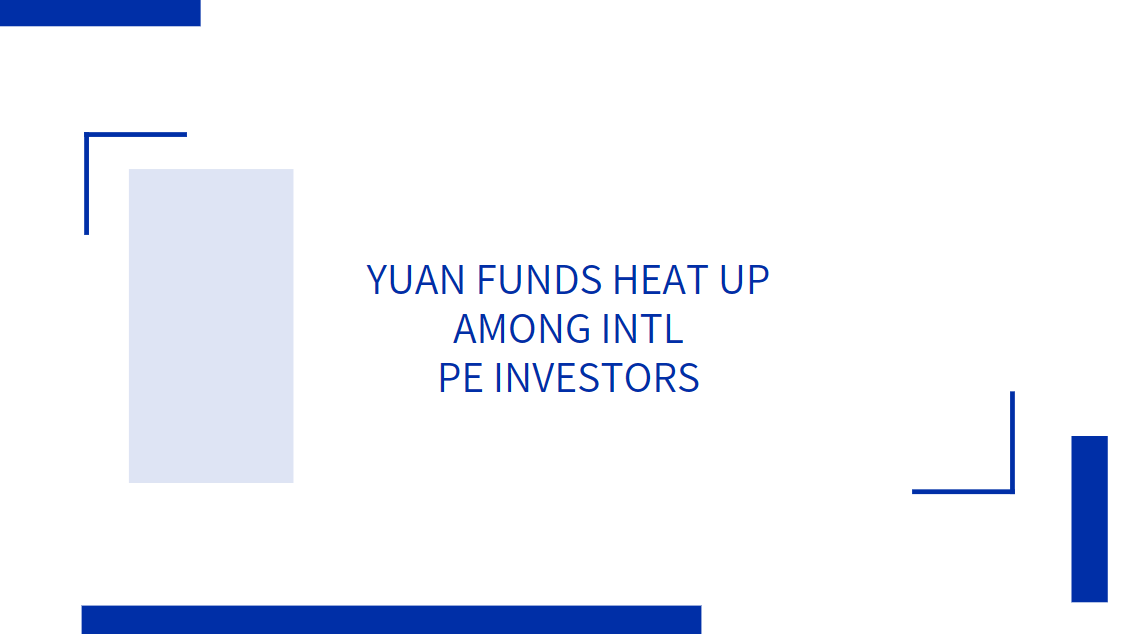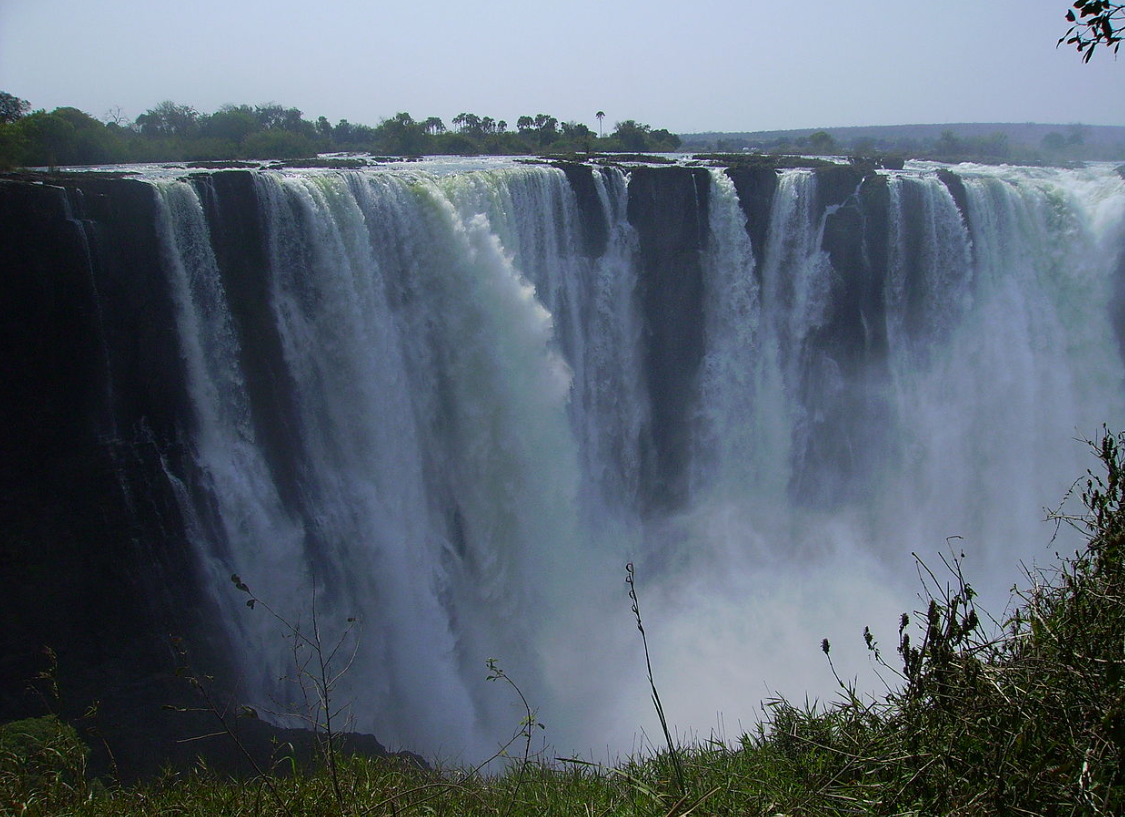Gabriel Makhlouf: Central Banks, economic stability and social capital - what's the connection?
Good evening. It is a pleasure to be here today to talk about central banks and social capital. My thanks to Niamh for the invitation, and I look forward to the discussion with David and Alan, and, of course, yourselves the audience.
In economics, the concept of capital is embedded in our production function view of what drives economic growth. For Adam Smith, capital referred to the physical assets and machines of production. Financial capital was also important, allowing firms to buy more physical assets. Financial capital also had a risk mitigation or loss absorption role, as any financial regulator knows all too well.
As our ability to measure economic growth improved, and it became clear that growth in output far exceeded growth in labour and (physical) capital, human capital – the growth and transfer of knowledge in society – came to be seen as an additional important factor of production.
Increasing interest in ecological and climate-related issues during the 1970s saw the emergence of another, natural capital. Natural capital includes aspects of the natural environment (such as minerals, energy resources, land, soil, water, trees, plants and wildlife), as well as broader ecosystems (such as forests, soil, aquatic environments and the atmosphere).
Given the urgency of the climate-related challenges we face, natural capital is increasingly centre stage for public policy, including for central banks. As the ECB's 2021 Monetary Policy Strategy Review sets out, climate change and policies to reduce emissions have an impact on inflation and growth – in other words they are part of our knitting - so we need to account for these risks in our policy choices.




















































First, please LoginComment After ~